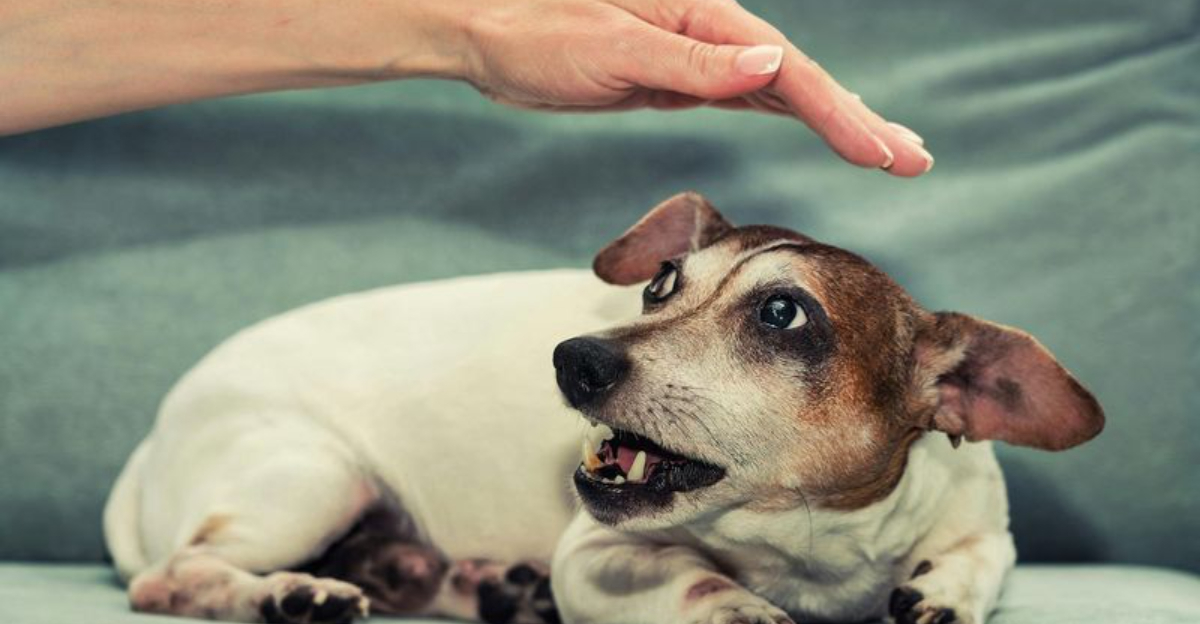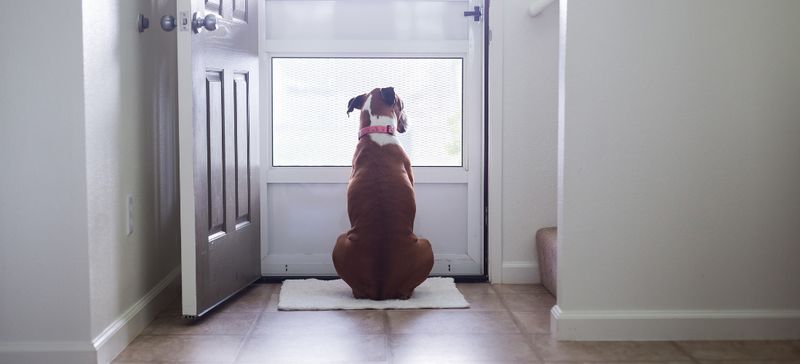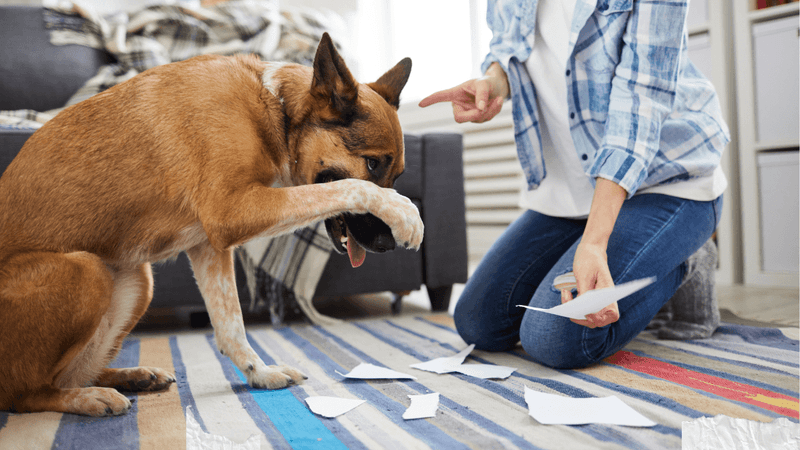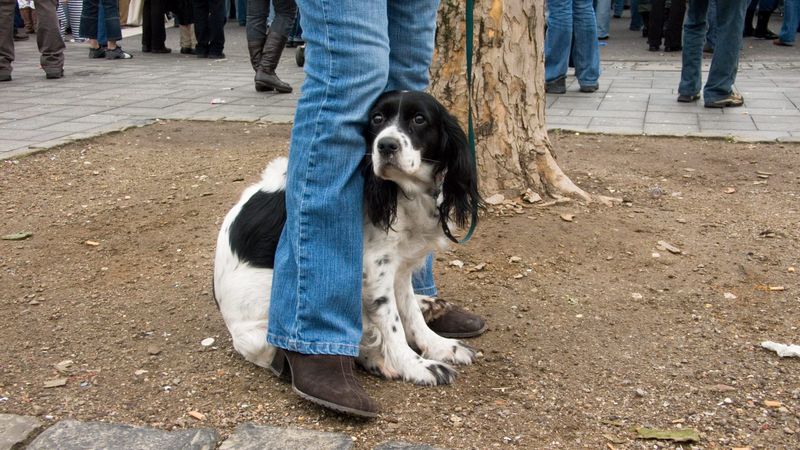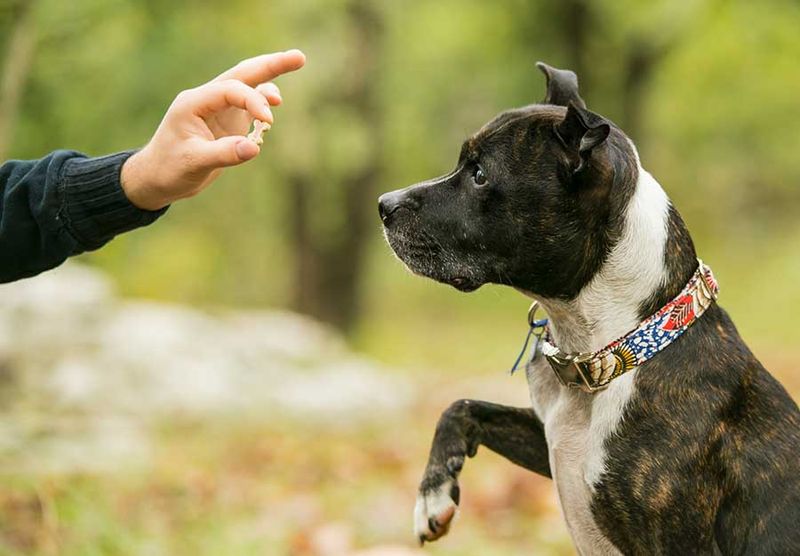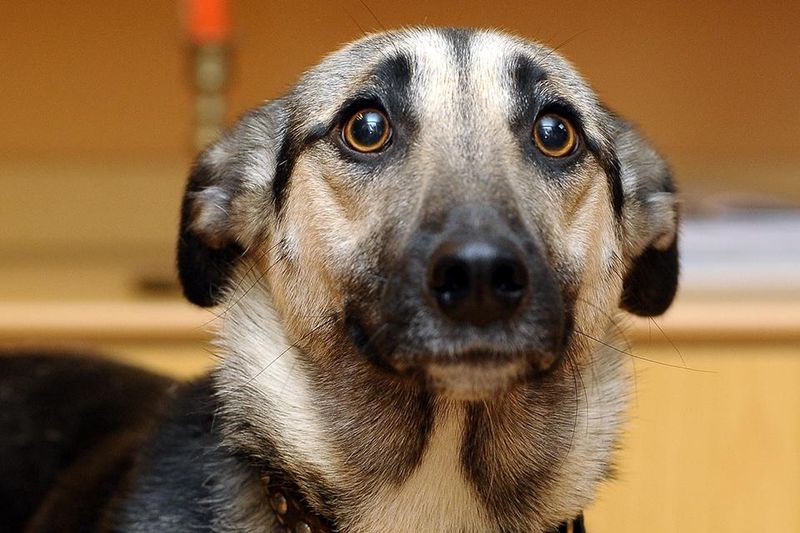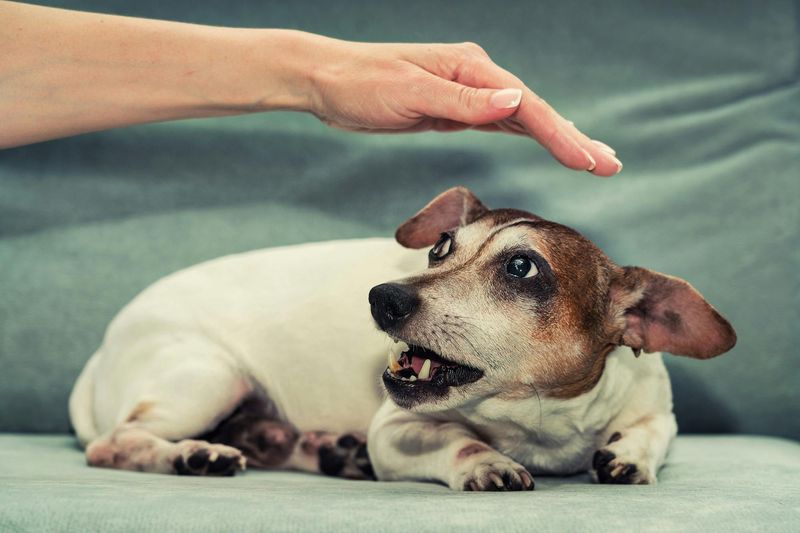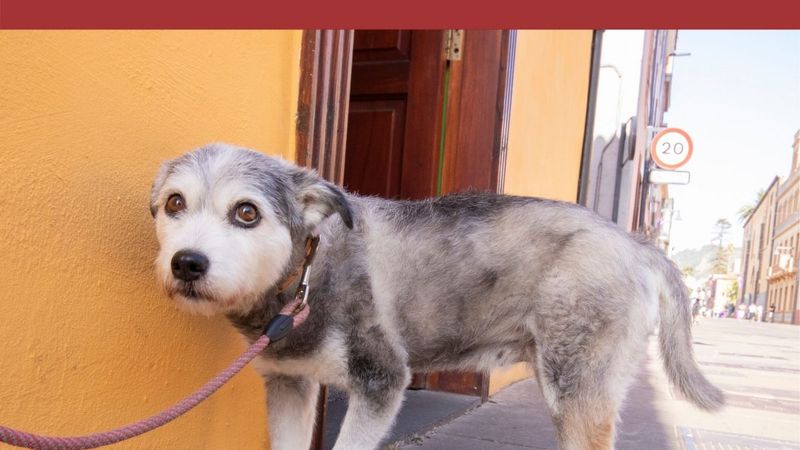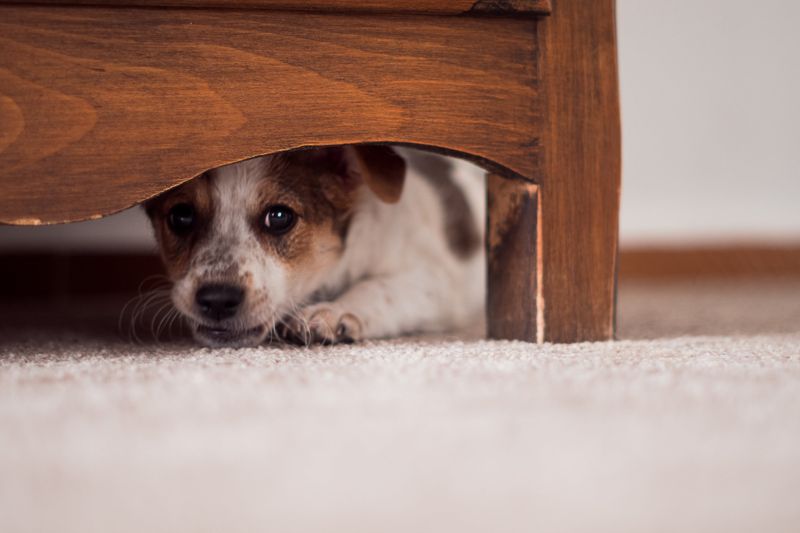When a dog exhibits signs of nervousness, it’s crucial for owners to approach the situation with care and understanding. Acting rashly or inappropriately can exacerbate the dog’s anxiety, creating an environment that’s uncomfortable for both the pet and its owner. This guide highlights key actions to avoid when your dog is feeling uneasy, ensuring a more supportive and calming atmosphere for your furry friend.
Ignoring Their Needs
In times of stress, ignoring your dog’s needs can lead to increased anxiety. Their sense of security diminishes when they feel overlooked.
Dogs often express discomfort through subtle cues, such as pacing or whining. Attuning to these signals can make a significant difference.
By acknowledging their presence, you reassure them that they are valued and secure. Ignoring their needs only widens the gap between you and your furry companion.
Raising Your Voice
Raising your voice can escalate a dog’s nervousness, creating an atmosphere of tension. Dogs are sensitive to tone and volume.
When they sense anger or frustration, it complicates their emotional state, leading to further distress.
A calm and gentle voice, on the other hand, helps soothe their anxiety, fostering trust and a peaceful environment. Choose patience over volume to nurture comfort.
Forcing Interaction
Forcing your dog to interact when they’re nervous can be counterproductive. Dogs need their space to process surroundings.
By pushing them into uncomfortable social situations, you might reinforce their fears, making them more withdrawn.
Respect their boundaries to build confidence at their own pace. Encourage interaction gently, allowing them to approach when ready.
Neglecting Routine
Routine provides comfort to dogs, acting as a cornerstone for their daily life. Neglecting this structure during nervous times can heighten anxiety.
A predictable schedule offers them stability, a way to understand and anticipate their day.
Ensure feeding, walks, and playtime remain consistent to maintain their sense of normalcy. This reliability fosters trust and security.
Skipping Training
Stopping training during anxious periods can send mixed signals to your dog. Training provides mental stimulation and boundaries.
Without it, they may feel adrift, unsure of expectations or safety.
Consistently engaging in positive reinforcement training underscores stability and predictability in their world, crucial for easing nerves.
Overcrowding Them
Dogs need personal space, especially when anxious. Overcrowding can overwhelm them, intensifying their stress.
Creating a calm refuge where they can retreat is vital. A quiet, undisturbed area provides solace.
Allow them to decompress in solitude, respecting their need for a sanctuary amid chaos, to regain their composure.
Using Physical Force
Using physical force to control a nervous dog can damage trust and increase anxiety. Dogs associate force with threat, not guidance.
Gentle guidance, rather than force, fosters a trusting relationship.
Patience and understanding should replace force, creating a more secure and calming environment for your pet.
Overreacting to Behavior
Overreacting to a dog’s nervous behavior can amplify their anxiety. Dogs gauge their reactions to the environment from their owners.
Your calm demeanor reassures them that there is no real threat.
Minimize dramatic responses to unusual behaviors, conveying that everything is under control, helping them to relax.
Ignoring Body Language
A dog’s body language is a window into their emotions. Ignoring these signals can lead to misunderstandings and increased anxiety.
Subtle cues like yawning, lip licking, or paw lifting are their ways of communicating distress.
By learning to read and respond to these signs, you can offer comfort and understanding, reducing their nervousness.
Punishing Fear Responses
Punishing a dog for their fearful reactions only deepens their anxiety, eroding trust. Fear is instinctual and not a choice.
Compassion and reassurance are key to helping them navigate their fears.
Offer support rather than punishment to build a strong, trusting bond, and guide them through their fears patiently.
Using Loud Noises
Loud noises can be terrifying for dogs, especially when they are already nervous. They perceive loudness as a threat.
Minimizing exposure to loud sounds by creating a quiet, safe environment can help ease their fears.
Consider background calming music or white noise to mask external sounds, creating a serene space for relaxation.
